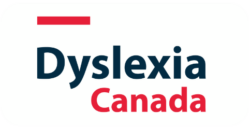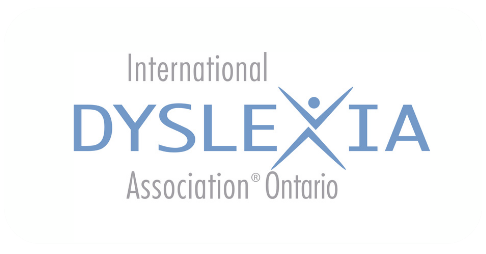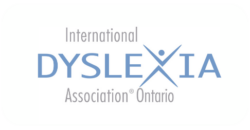Morphological Awareness and Second Language Learners
In this International Dyslexia Association Perspectives article, Gloria Ramírez discusses the significance of morphological awareness in second language learners’ vocabulary learning and reading comprehension, providing valuable insights for educators. The article emphasizes that explicit and systematic instruction on morphological awareness can greatly benefit language learners, especially those facing reading difficulties. Educators can use the principles presented in the article to effectively teach students to identify smaller meaning units in complex words, enhancing their word reading accuracy, fluency, and comprehension. Additionally, the article highlights the transferability of morphological awareness skills from the learners’ first to their second language, enabling educators to capitalize on their existing language skills to improve their vocabulary and reading comprehension in the target language. Educators can better support second language learners developing strong language and literacy skills by incorporating these principles into their instruction.




